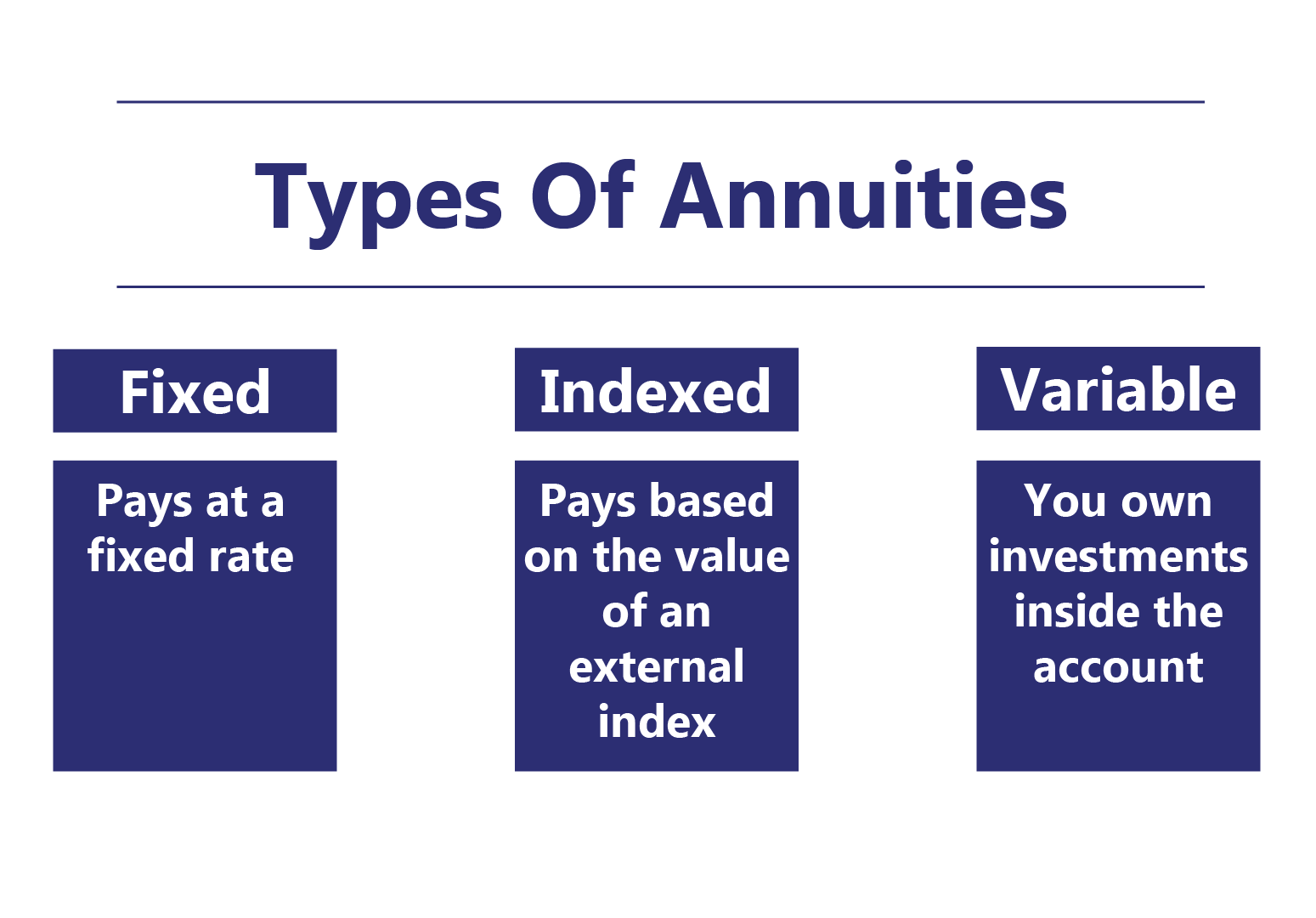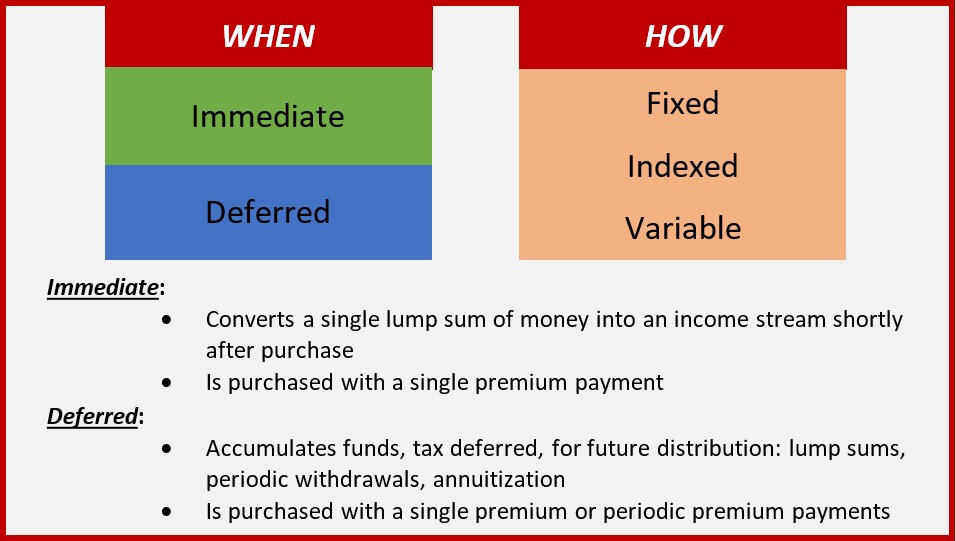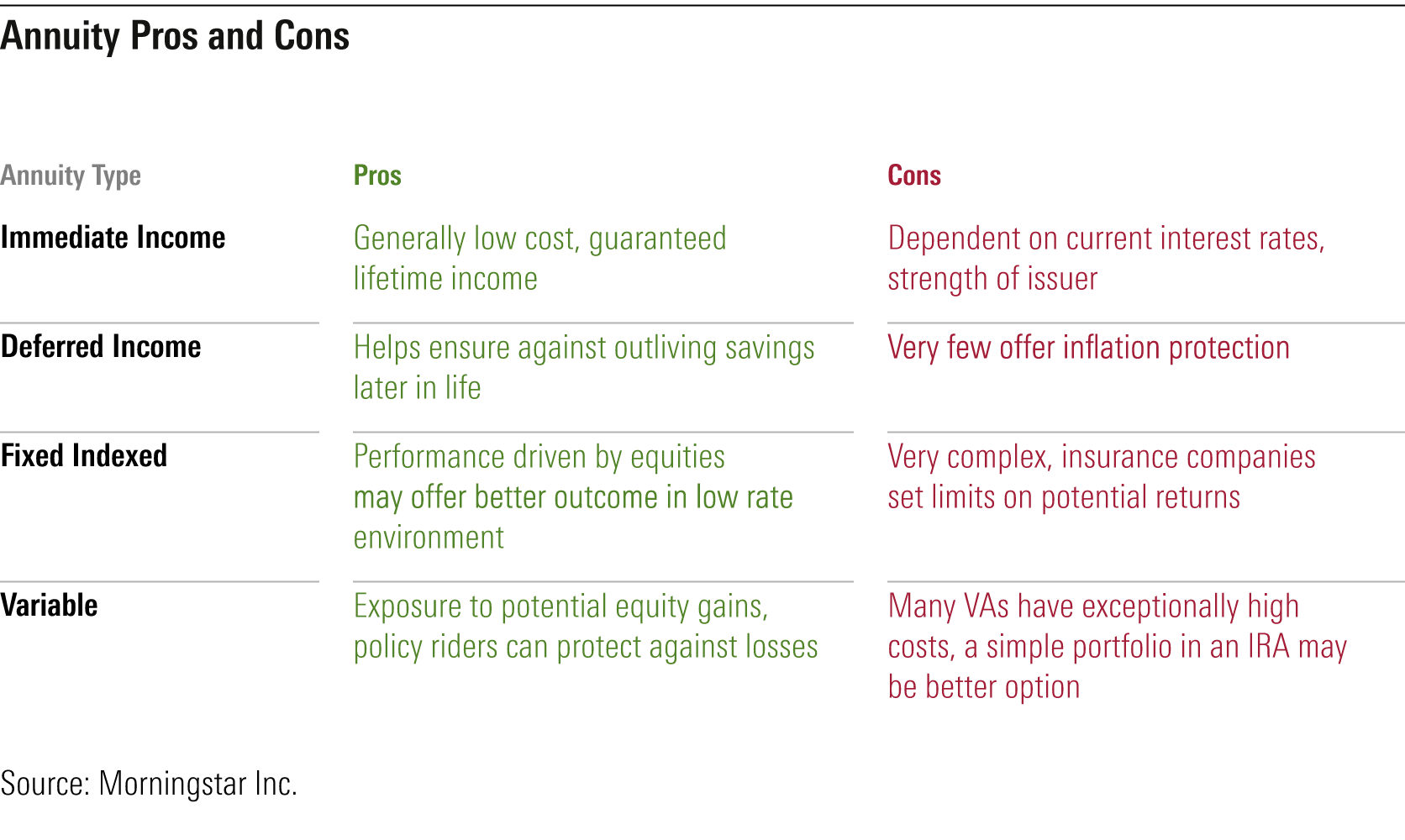All Categories
Featured
Table of Contents
Equally as with a repaired annuity, the proprietor of a variable annuity pays an insurer a round figure or series of repayments in exchange for the pledge of a collection of future payments in return. Yet as mentioned over, while a fixed annuity expands at an assured, continuous rate, a variable annuity expands at a variable rate that relies on the efficiency of the underlying investments, called sub-accounts.

During the accumulation phase, assets invested in variable annuity sub-accounts grow on a tax-deferred basis and are tired only when the agreement owner takes out those earnings from the account. After the buildup phase comes the revenue phase. With time, variable annuity assets ought to in theory raise in value till the agreement owner determines he or she would like to begin taking out cash from the account.
The most significant problem that variable annuities commonly present is high cost. Variable annuities have numerous layers of charges and expenses that can, in accumulation, create a drag of up to 3-4% of the agreement's value annually. Below are the most typical fees connected with variable annuities. This expenditure makes up the insurance company for the risk that it thinks under the terms of the contract.
Decoding How Investment Plans Work A Closer Look at What Is Variable Annuity Vs Fixed Annuity Defining the Right Financial Strategy Pros and Cons of Various Financial Options Why Variable Vs Fixed Annuity Is Worth Considering Annuities Variable Vs Fixed: Explained in Detail Key Differences Between Retirement Income Fixed Vs Variable Annuity Understanding the Key Features of Long-Term Investments Who Should Consider Strategic Financial Planning? Tips for Choosing the Best Investment Strategy FAQs About Planning Your Financial Future Common Mistakes to Avoid When Planning Your Retirement Financial Planning Simplified: Understanding Variable Annuity Vs Fixed Annuity A Beginner’s Guide to Smart Investment Decisions A Closer Look at Annuities Fixed Vs Variable
M&E expense costs are computed as a percent of the contract value Annuity issuers hand down recordkeeping and other administrative costs to the contract proprietor. This can be in the type of a level yearly fee or a percent of the contract value. Management fees might be consisted of as component of the M&E risk cost or might be evaluated individually.
These fees can range from 0.1% for easy funds to 1.5% or even more for actively managed funds. Annuity contracts can be tailored in a variety of methods to offer the specific requirements of the agreement proprietor. Some typical variable annuity bikers consist of guaranteed minimal accumulation benefit (GMAB), ensured minimum withdrawal advantage (GMWB), and guaranteed minimal income advantage (GMIB).

Variable annuity payments provide no such tax reduction. Variable annuities often tend to be extremely inefficient automobiles for passing wealth to the future generation because they do not enjoy a cost-basis adjustment when the initial agreement owner passes away. When the proprietor of a taxed investment account passes away, the cost bases of the financial investments held in the account are changed to show the marketplace rates of those financial investments at the time of the proprietor's fatality.
Analyzing Strategic Retirement Planning A Closer Look at Annuity Fixed Vs Variable Breaking Down the Basics of Investment Plans Benefits of Fixed Vs Variable Annuity Why Choosing the Right Financial Strategy Matters for Retirement Planning How to Compare Different Investment Plans: How It Works Key Differences Between Different Financial Strategies Understanding the Rewards of Long-Term Investments Who Should Consider Fixed Indexed Annuity Vs Market-variable Annuity? Tips for Choosing the Best Investment Strategy FAQs About Planning Your Financial Future Common Mistakes to Avoid When Planning Your Retirement Financial Planning Simplified: Understanding Your Options A Beginner’s Guide to Smart Investment Decisions A Closer Look at Fixed Annuity Vs Equity-linked Variable Annuity
Such is not the instance with variable annuities. Investments held within a variable annuity do not receive a cost-basis modification when the original proprietor of the annuity dies.
One considerable concern associated with variable annuities is the possibility for problems of rate of interest that might feed on the part of annuity salespeople. Unlike a financial expert, that has a fiduciary responsibility to make investment decisions that profit the client, an insurance policy broker has no such fiduciary obligation. Annuity sales are highly lucrative for the insurance policy specialists that offer them due to high ahead of time sales payments.

Lots of variable annuity agreements consist of language which puts a cap on the percentage of gain that can be experienced by specific sub-accounts. These caps avoid the annuity owner from fully getting involved in a portion of gains that could or else be appreciated in years in which markets create substantial returns. From an outsider's viewpoint, presumably that financiers are trading a cap on investment returns for the abovementioned assured flooring on investment returns.
As kept in mind over, surrender costs can significantly limit an annuity owner's capacity to relocate properties out of an annuity in the very early years of the contract. Further, while most variable annuities permit contract proprietors to take out a defined quantity throughout the build-up stage, withdrawals yet amount commonly lead to a company-imposed fee.
Withdrawals made from a set rates of interest financial investment alternative could also experience a "market value modification" or MVA. An MVA readjusts the worth of the withdrawal to show any type of adjustments in rate of interest from the time that the cash was purchased the fixed-rate alternative to the time that it was withdrawn.

On a regular basis, also the salesmen who sell them do not fully understand how they function, therefore salespeople sometimes take advantage of a customer's feelings to sell variable annuities instead than the values and suitability of the items themselves. Our company believe that capitalists need to completely understand what they have and just how much they are paying to own it.
Breaking Down Variable Annuity Vs Fixed Indexed Annuity Everything You Need to Know About Fixed Vs Variable Annuity Pros Cons Breaking Down the Basics of Investment Plans Benefits of Choosing the Right Financial Plan Why What Is A Variable Annuity Vs A Fixed Annuity Can Impact Your Future Annuities Fixed Vs Variable: Simplified Key Differences Between Choosing Between Fixed Annuity And Variable Annuity Understanding the Risks of Long-Term Investments Who Should Consider Strategic Financial Planning? Tips for Choosing Pros And Cons Of Fixed Annuity And Variable Annuity FAQs About Annuities Variable Vs Fixed Common Mistakes to Avoid When Choosing Fixed Income Annuity Vs Variable Annuity Financial Planning Simplified: Understanding Your Options A Beginner’s Guide to Smart Investment Decisions A Closer Look at Fixed Index Annuity Vs Variable Annuities
The exact same can not be said for variable annuity properties held in fixed-rate financial investments. These properties legally come from the insurance provider and would certainly as a result go to risk if the business were to fall short. Similarly, any type of warranties that the insurance provider has actually accepted give, such as a guaranteed minimum income benefit, would certainly be in inquiry in case of an organization failing.
Potential buyers of variable annuities should comprehend and think about the monetary problem of the providing insurance firm before getting in into an annuity contract. While the advantages and downsides of numerous kinds of annuities can be debated, the real problem bordering annuities is that of viability.
After all, as the saying goes: "Caveat emptor!" This write-up is prepared by Pekin Hardy Strauss, Inc. Variable annuity investment options. ("Pekin Hardy," dba Pekin Hardy Strauss Riches Monitoring) for informational functions only and is not intended as a deal or solicitation for business. The details and information in this article does not constitute legal, tax obligation, accounting, investment, or other specialist guidance
Table of Contents
Latest Posts
Analyzing Strategic Retirement Planning Key Insights on Your Financial Future What Is Fixed Vs Variable Annuity Pros Cons? Pros and Cons of Tax Benefits Of Fixed Vs Variable Annuities Why Variable Ann
Understanding Tax Benefits Of Fixed Vs Variable Annuities Everything You Need to Know About Fixed Index Annuity Vs Variable Annuities Defining the Right Financial Strategy Pros and Cons of Various Fin
Understanding Fixed Annuity Vs Variable Annuity Key Insights on What Is A Variable Annuity Vs A Fixed Annuity Defining the Right Financial Strategy Benefits of Choosing the Right Financial Plan Why Ch
More
Latest Posts